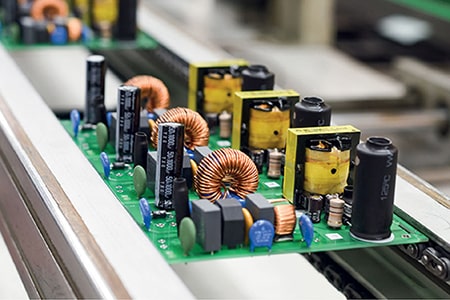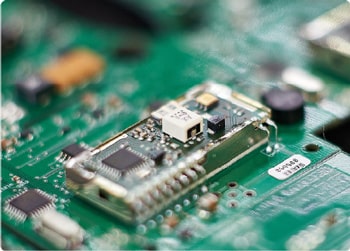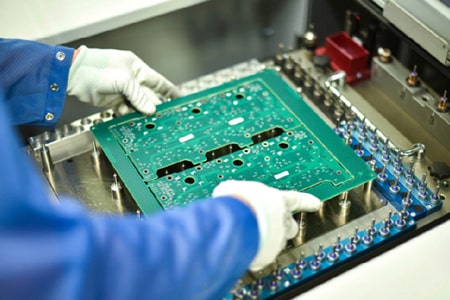Importance of DFM to SMT patch processing
In SMT patch processing, the main goals of DFM are to optimize circuit board layout, select components reasonably and optimize welding process.
Importance of DFM to SMT patch processing
1. Improve production efficiency: DFM design can make the component layout of the circuit board more reasonable, reduce the moving distance and time during the mounting process, and thus improve the overall efficiency of the production line. Reasonable layout can also reduce errors and rework rates in the production process, further improving production efficiency.
2. Reduce costs: DFM design can foresee potential problems in the manufacturing process and optimize them in advance. This helps to avoid a large number of subsequent modifications and rework, saving manpower, material and time costs. In addition, selecting components and processes that meet DFM requirements can further reduce procurement and processing costs.
3. Ensure product quality: DFM design can fully consider the requirements of the welding process and ensure the stability and reliability of components during the welding process. Reasonable layout and component selection can reduce stress and deformation during welding and reduce the risk of welding defects. At the same time, DFM design also helps to improve the testability and maintainability of the product, ensuring that the product can maintain high-quality performance throughout its life cycle.

Key considerations and strategies of DFM in practical applications
1. PCB layout optimization: During the design stage, the placement accuracy and efficiency of the SMT placement machine need to be considered, so that the component layout is reasonable, the spacing is moderate, and the orientation and pin arrangement are convenient for welding and inspection.
2. Component selection: Select components that meet DFM requirements, including factors such as package type, dimensional accuracy and pin spacing, to ensure easy placement and welding, and meet product performance requirements.
3. Welding process optimization: Fully consider and optimize the welding process during the design stage, select appropriate welding methods and parameters, and formulate a reasonable welding sequence and temperature curve to ensure that the welding process is stable and reliable.
Strategies to cope with challenges
DFM may face challenges such as team communication, design software functions and new technology applications in practical applications. To this end, communication and collaboration between teams can be strengthened, design software functions can be improved, attention can be paid to the development of new technologies and processes, and they can be introduced and applied in a timely manner.







